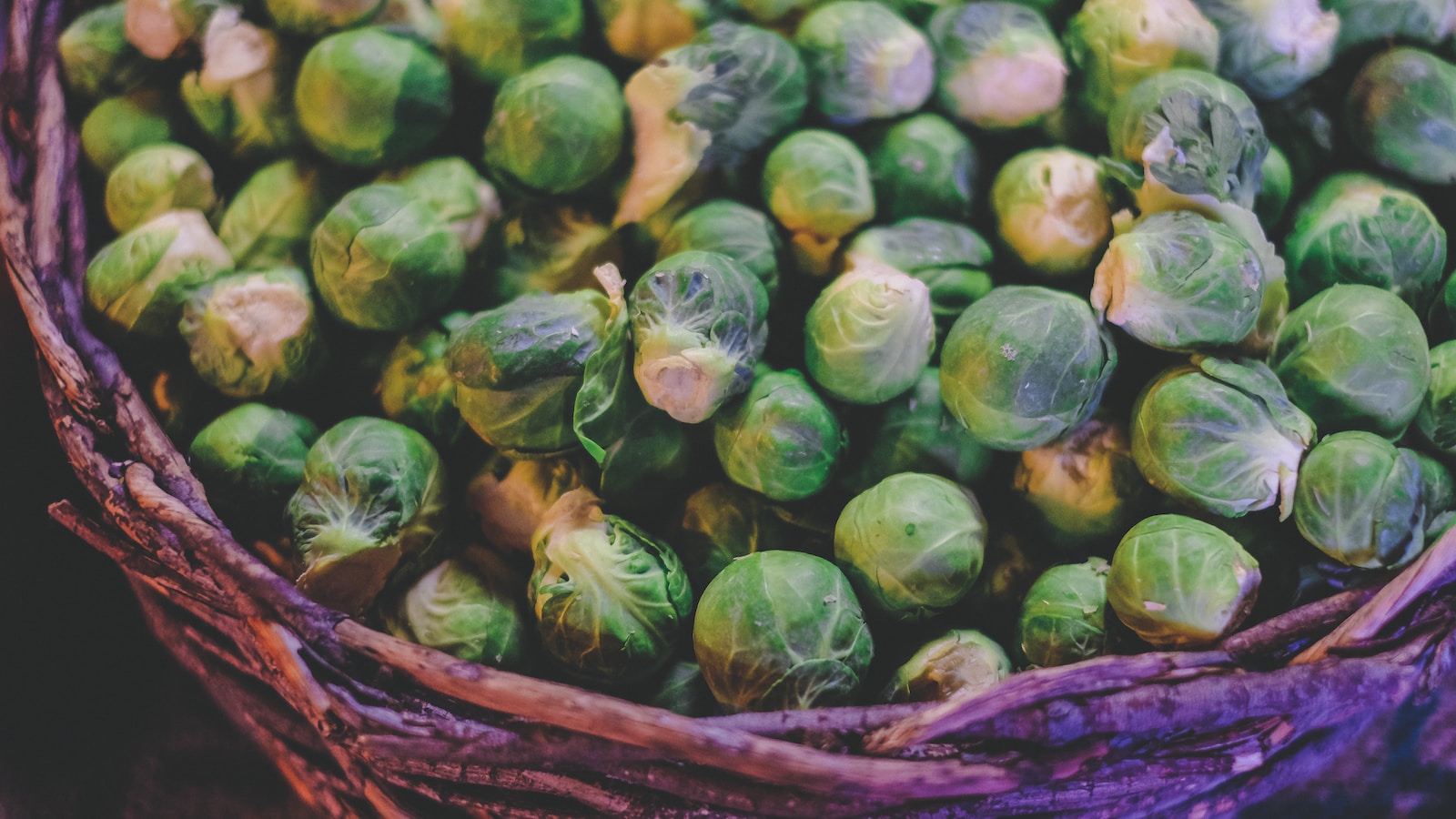Brussels sprouts, a member of the cruciferous vegetable family, are a nutrient-dense and delicious addition to any home garden. Packed with vitamins, minerals, and antioxidants, these little green orbs offer numerous health benefits. In this guide, we’ll walk you through the steps to successfully grow your own Brussels sprouts, from selecting the right variety to harvesting and storage.
1. Selecting the Right Brussels Sprouts Variety
There are several popular Brussels sprouts varieties, each with their own unique characteristics. Some factors to consider when choosing a variety include climate, available space, and personal taste preferences. A few popular options include:
- Long Island Improved: A classic variety known for its high yields
- Jade Cross: An early maturing variety with good disease resistance
- Rubine: A red variety with a sweeter taste and attractive appearance
2. Preparing the Soil and Planting Site
Brussels sprouts thrive in well-drained, fertile soil with a pH between 6.0 and 6.8. Ensuring proper soil fertility is essential for healthy growth. Some tips for preparing the planting site include:
- Adding compost or aged manure to enrich the soil
- Rotating crops to prevent the buildup of pests and diseases
- Avoiding planting in the same location as other cruciferous vegetables
3. Planting Brussels Sprouts: Seeds vs. Transplants
Starting from seeds allows you to choose from a wider variety of options, while transplants can save time and help ensure a successful harvest. To start seeds:
- Sow seeds indoors 6-8 weeks before the last expected frost
- Maintain a consistent temperature of 70-75°F (21-24°C) for optimal germination
- Transplant seedlings outdoors when they have 4-6 leaves and are 6-12 inches tall
4. Watering, Fertilizing, and Mulching
Consistent moisture is crucial for Brussels sprouts’ growth. Water regularly, providing 1-1.5 inches of water per week. When fertilizing, use a balanced, slow-release granular fertilizer, applying at planting time and again when plants are about 12 inches tall. Mulching helps conserve moisture and suppress weeds. Use organic materials like straw, grass clippings, or wood chips for the best results.
5. Pest and Disease Management
Common pests and diseases affecting Brussels sprouts include:
- Cabbage worms
- Aphids
- Clubroot
Implement prevention and control methods, such as crop rotation, organic pesticides, and companion planting to protect your plants.
6. Supporting and Pruning Brussels Sprouts
As Brussels sprouts stalks grow tall, they may need support to prevent toppling. Use stakes or cages to keep them upright. Prune lower leaves and remove any yellowing leaves to encourage larger sprouts and prevent overcrowding.
7. Harvesting and Storing Brussels Sprouts
Harvest Brussels sprouts when they reach 1-2 inches in diameter and are firm to the touch. Start from the bottom of the stalk and move upwards as sprouts mature. For best flavor, try harvesting after a light frost. To store, keep them unwashed in a plastic bag in the refrigerator for up to two weeks.
Conclusion
Growing your own Brussels sprouts is a rewarding experience. By following these steps and experimenting with different varieties and
